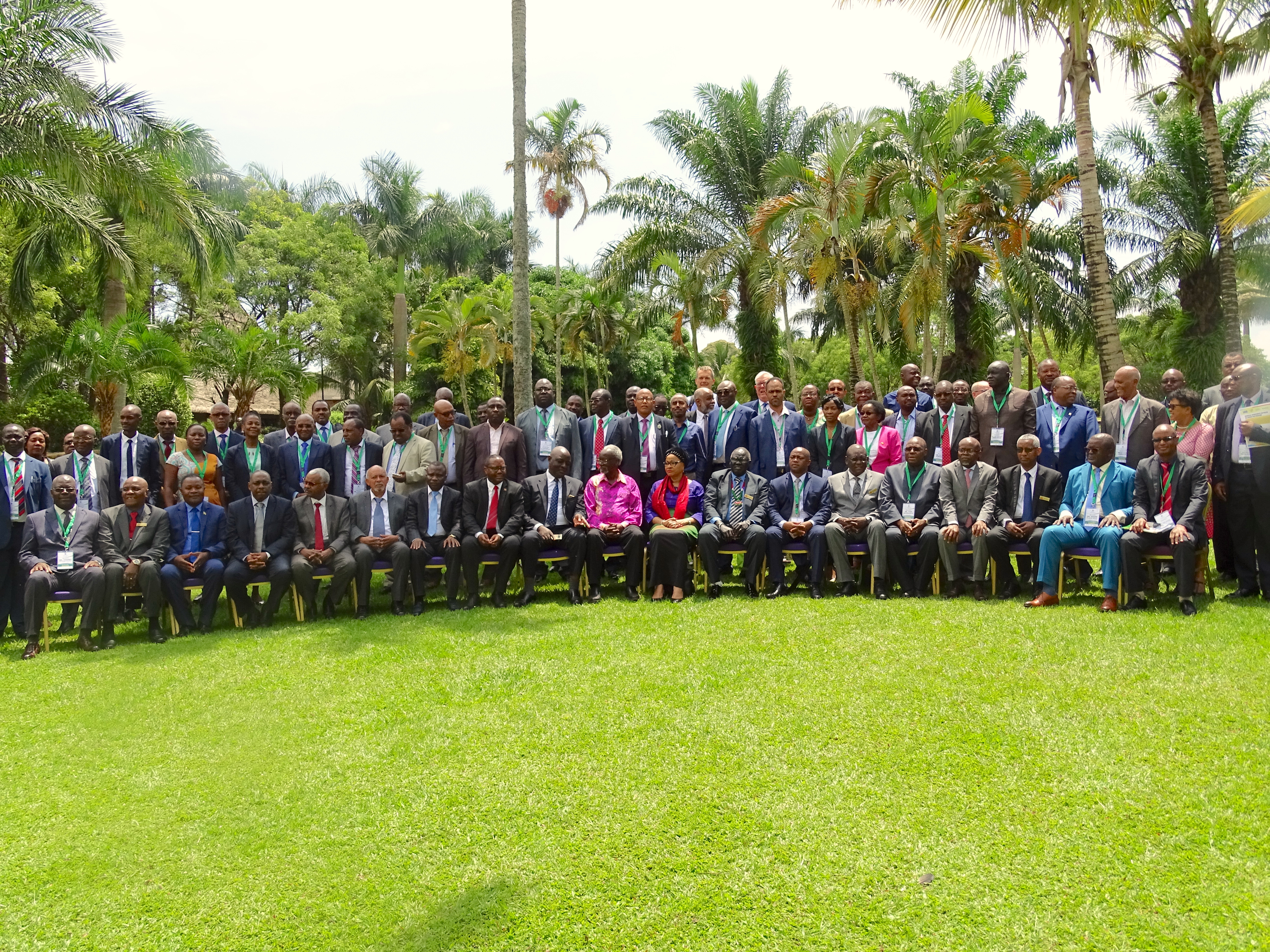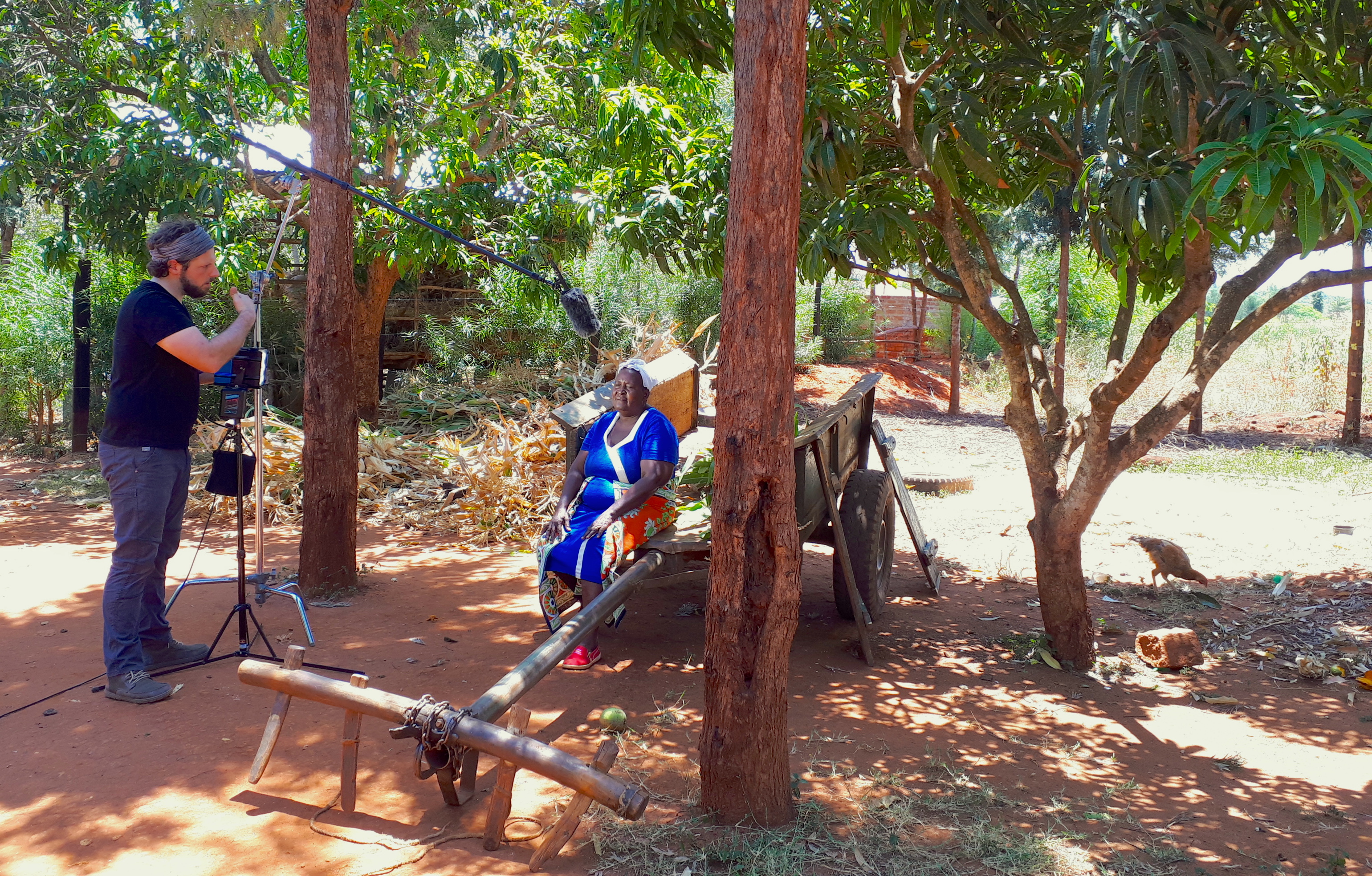The International Maize and Wheat Improvement Center (CIMMYT) organized its first ever Maize Product Profile-based Breeding and Varietal Turnover workshop for eastern Africa in Nairobi, on August 29 and 30, 2019. The workshop, funded by USAID, was attended by maize breeders from national research institutes in Kenya, Uganda, Tanzania, Rwanda, Ethiopia and South Sudan, and by several partner seed companies including Seedco, Kenya Seeds, Western Seeds, Naseco and Meru Agro.
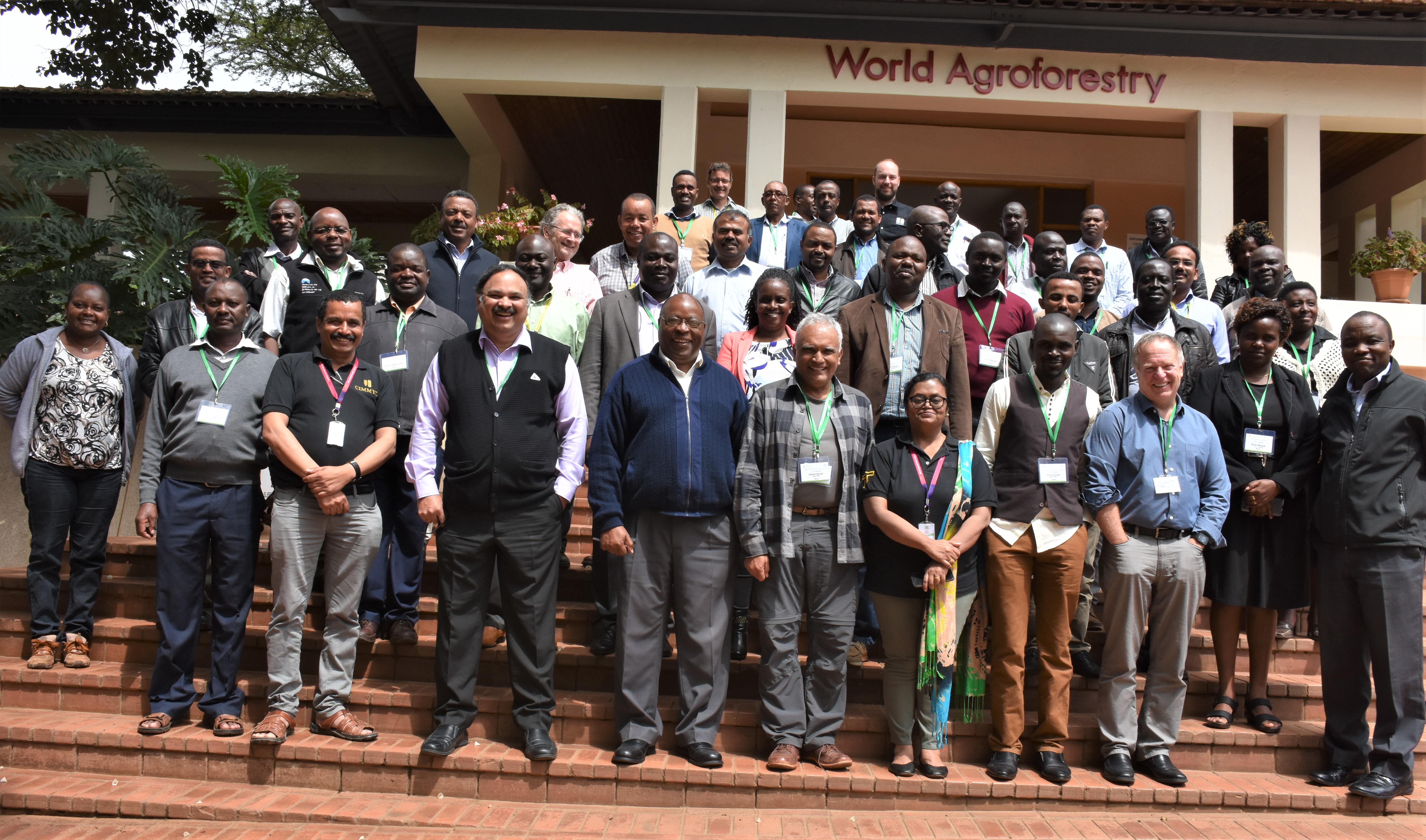
A product profile is defined as a list of “must-have” maize characteristics or traits that are the unique selling points for the target beneficiaries who are looking for these qualities. The breeders also consider additional traits in their breeding strategy, “value-added” or desirable traits that could be future unique selling points.
“A product profile is not a secret sauce” nor a checkbox to tick, explained Georges Kotch, a renowned expert in the seed industry and lead for Module 1 of the Excellence in Breeding (EiB) platform on product profiling. A product profile is a blueprint to help maize breeding programs ensure their new varieties released respond to a true need with a clear comparative advantage for seed companies and ultimately for maize farmers. This demand-driven process “starts with the end in mind” by understanding what the customers want. The end goal is to replace leading old varieties on the market with better ones that will improve farmers’ livelihoods, for example, with greater climate resilience and productivity.
Steering the breeding program through “healthy tensions”
Breeders may have had the tendency to focus on optimum yield for a certain agroecology, yet their priority traits may not reflect exactly the market or what farmers want. In addition to good yield, drought or disease resistance, grain color, taste, nutritional value, and appearance of plants and cobs are important in farmers’ choice of seed. Socio-economic research tools like participatory varietal selection (PVS) or willingness-to-pay experiments help us weigh the importance of each trait to trigger adoption.
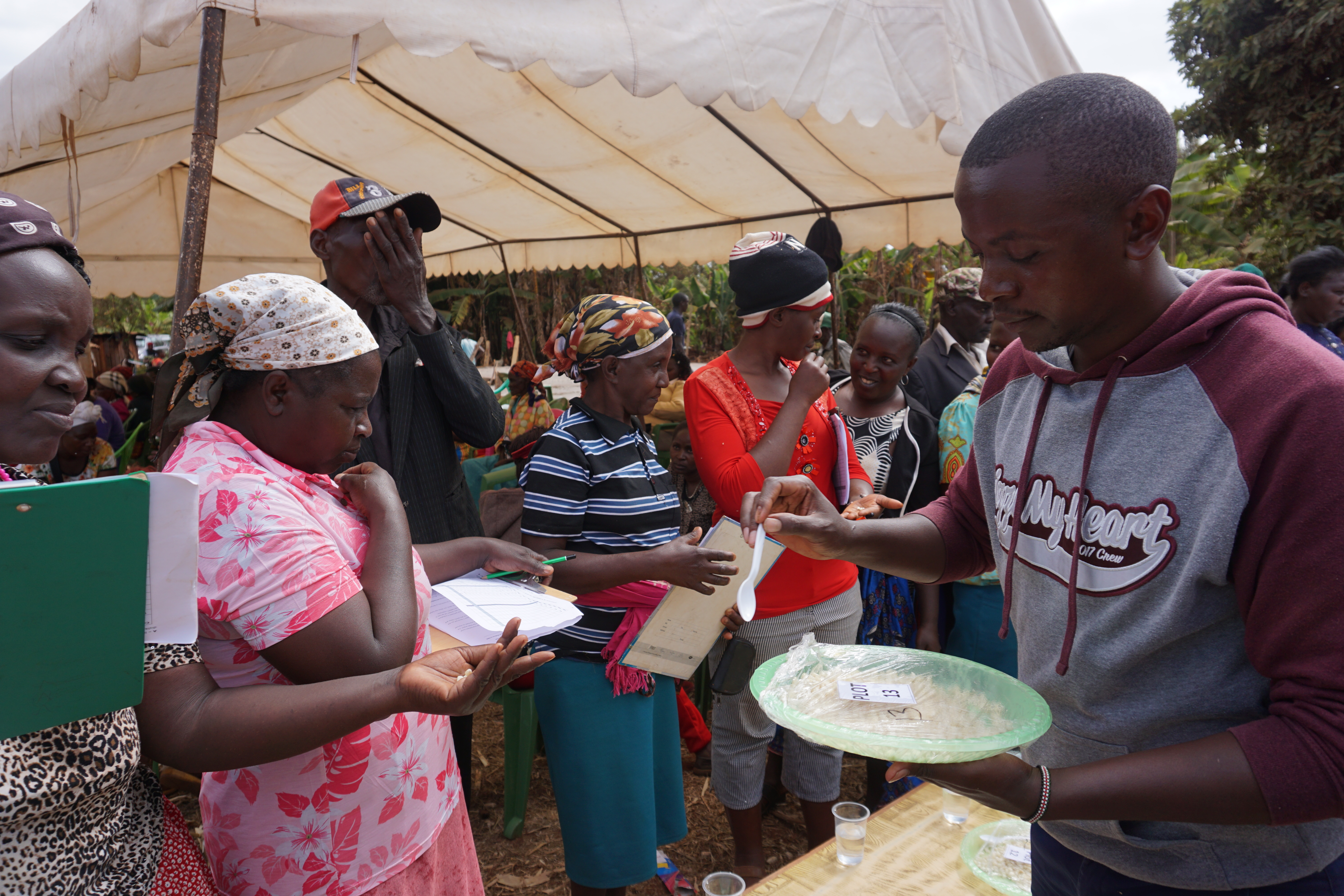
There may be tensions between farmers’ needs, what suits seed companies like the seed reproducibility ratio, and what is possible and cost-effective from a breeder’s perspective. CIMMYT does not only look through the lens of economic return. The social impact new varieties could have is also considered, for example developing provitamin A or quality protein maize (QPM) as a solution to combat malnutrition even if there is not a major demand from private seed companies in Africa for nutritious maize.
Qualities valued by some actors may be overlooked by others. For example, some maize varieties have leafy ears with deceptively small cobs, which may protect the grain against pests but could be rejected by farmers.
It is important to have a wide array of expertise from breeding, market research and socio-economic analysis so that the different trait choices are weighed according to different lenses and a clear strategy for varietal turnover is defined.
High performing hybrids may not be enough for large-scale adoption
In southern Africa, climate experts warn that farmers could face drought every three years. CIMMYT has rightly prioritized drought tolerance (DT) over the last decade under the Stress Tolerant Maize for Africa initiative. Recently developed DT maize hybrids often outperform the popular varieties on the market, yet the varietal turnover has been slow in some regions. Farmers’ perceptions of what is a good maize may influence the success or rejection of a new variety. The risk for farmers and seed companies to try out a new variety is an important factor in adoption as well.
An appropriate seed marketing strategy is key, often seen only as the responsibility of private seed companies, but should be considered by public research as well.
CIMMYT has been selecting maize that can withstand drought during the critical phase just before and during the flowering stage, when the silks of the future cobs form. Even if rains stop at this stage, farmers growing DT maize will harvest some decent grain. If a long dry spell occurs just after planting, the crop will fail regardless of drought-tolerant breeding efforts. Farmers may then reject DT maize after such failure if the messaging is not clear.
Product profiling is a collaborative process, not an imposing one
Redefining the breeding strategy through product profiling is not set in stone. Kotch recommends annual review as a vehicle for constant improvement. B.M. Prasanna, director of CIMMYT’s Global Maize Program and the CGIAR Research Program on Maize (MAIZE) explained that the product profiles could vary among various partners, as each partner looks at their own comparative advantage to reach success.
It is important to have everyone from the maize seed value chain on board to succeed. Regina Tende, maize breeder and entomologist at the Kenya Agricultural & Livestock Research Organization (KALRO), warned that regulatory bodies who review and authorize new varieties to reach the market must be integrated in the discussion “as their interest, primarily yield, may not be the final requirement for the target market.”
Seed systems specialists are also crucial to operationalize a successful breeding and delivery strategy, to address the different scaling bottlenecks and identify “the market changer.”
According to Kotch, CGIAR and national research organizations should avoid developing products too similar to the popular varieties on the market. Adoption occurs when something very different, for example new resistance to the devastating maize lethal necrosis, gives an innovation edge to seed companies. In Ethiopia, the replacement of an old popular variety BH660 by climate resilient BH661 was successful for various reasons including superior hybrid seed production with grey leaf spot resistance built in the seed parent population.
This demand-driven, multi-lens approach of product profiling including breeding, gender, socio-economic and policy dimensions will help to ensure that new varieties are more likely to be picked by farmers and partner seed companies, and increase the impact of CIMMYT’s Global Maize Program.
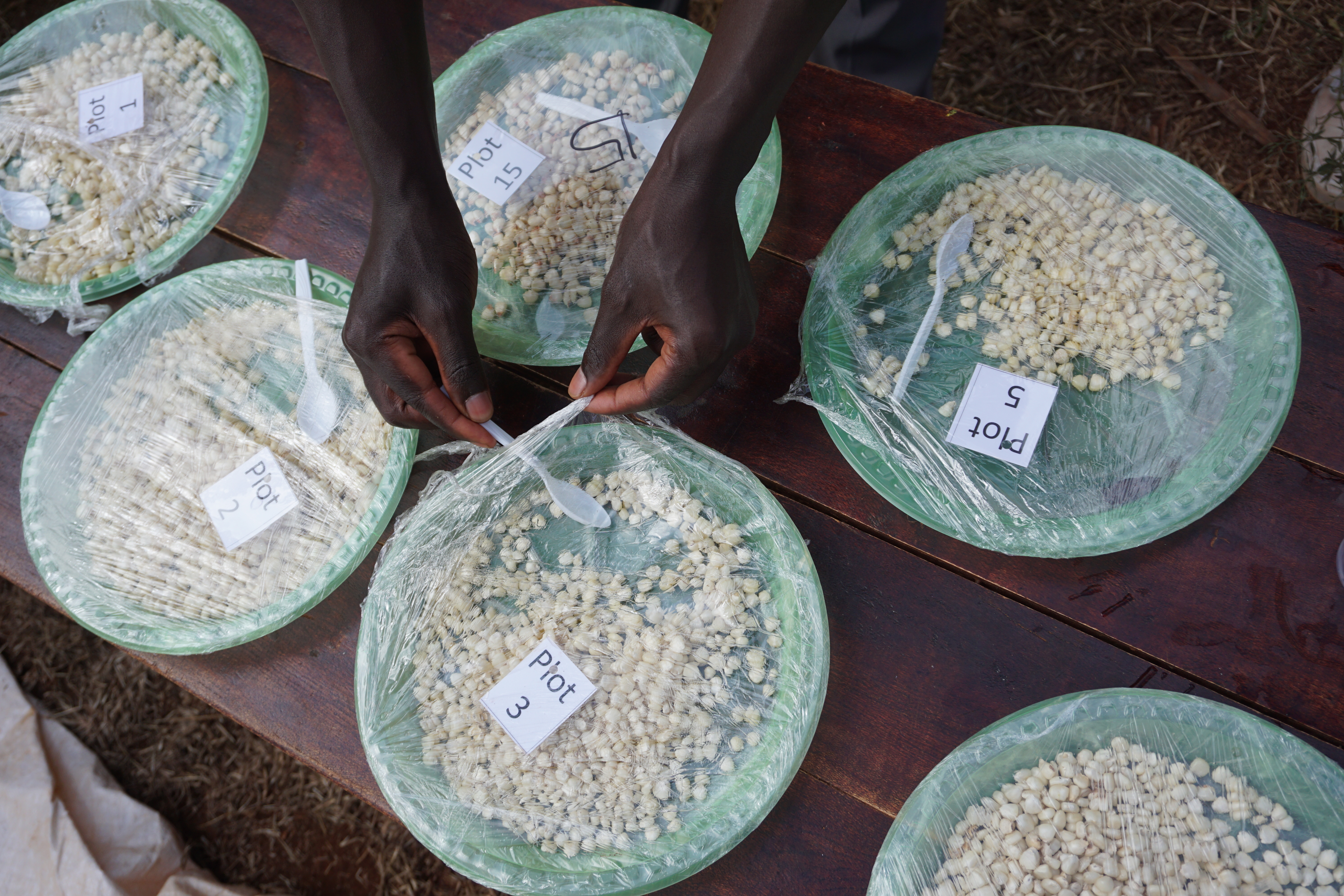
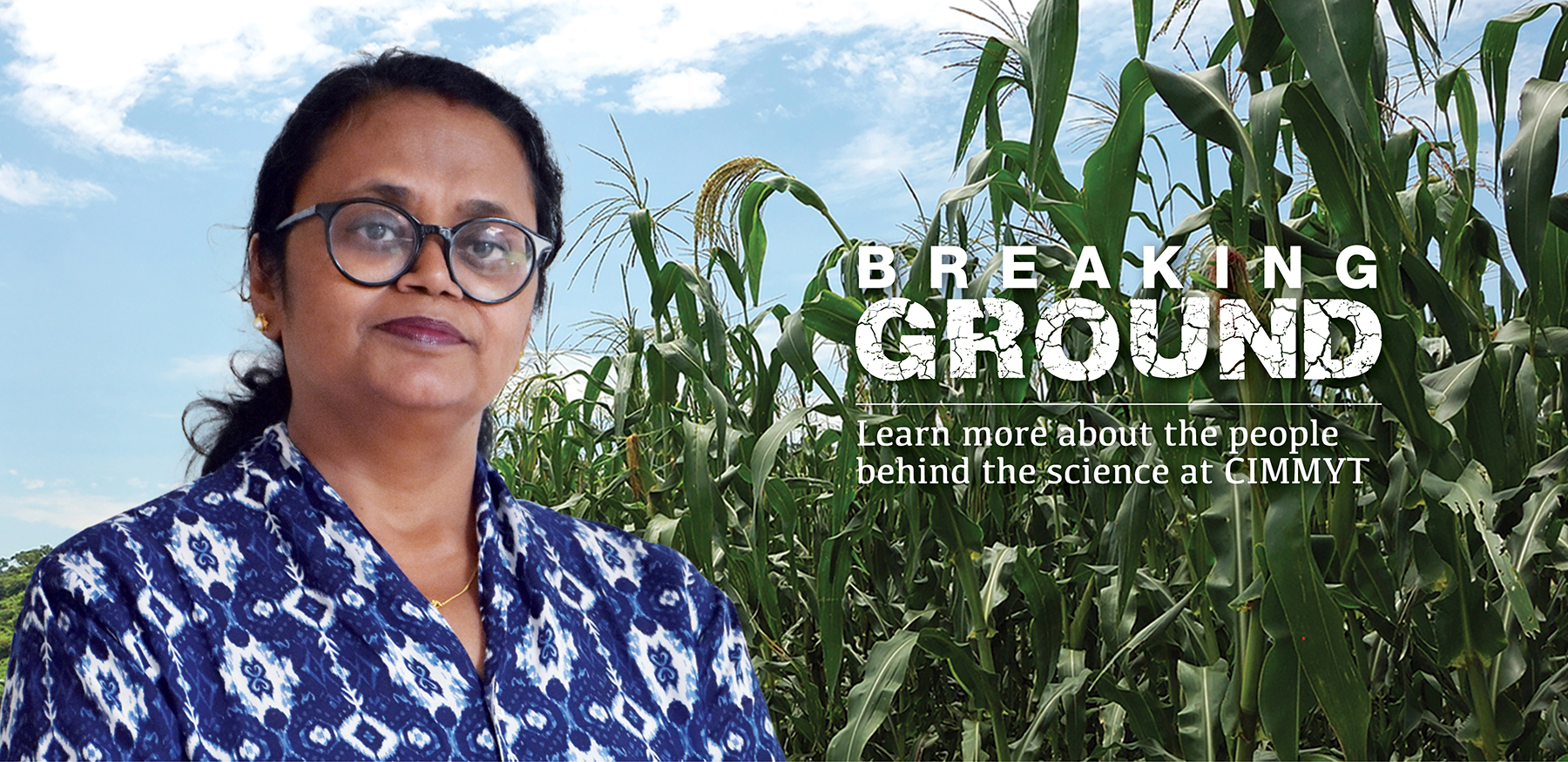
 Nutrition, health and food security
Nutrition, health and food security 